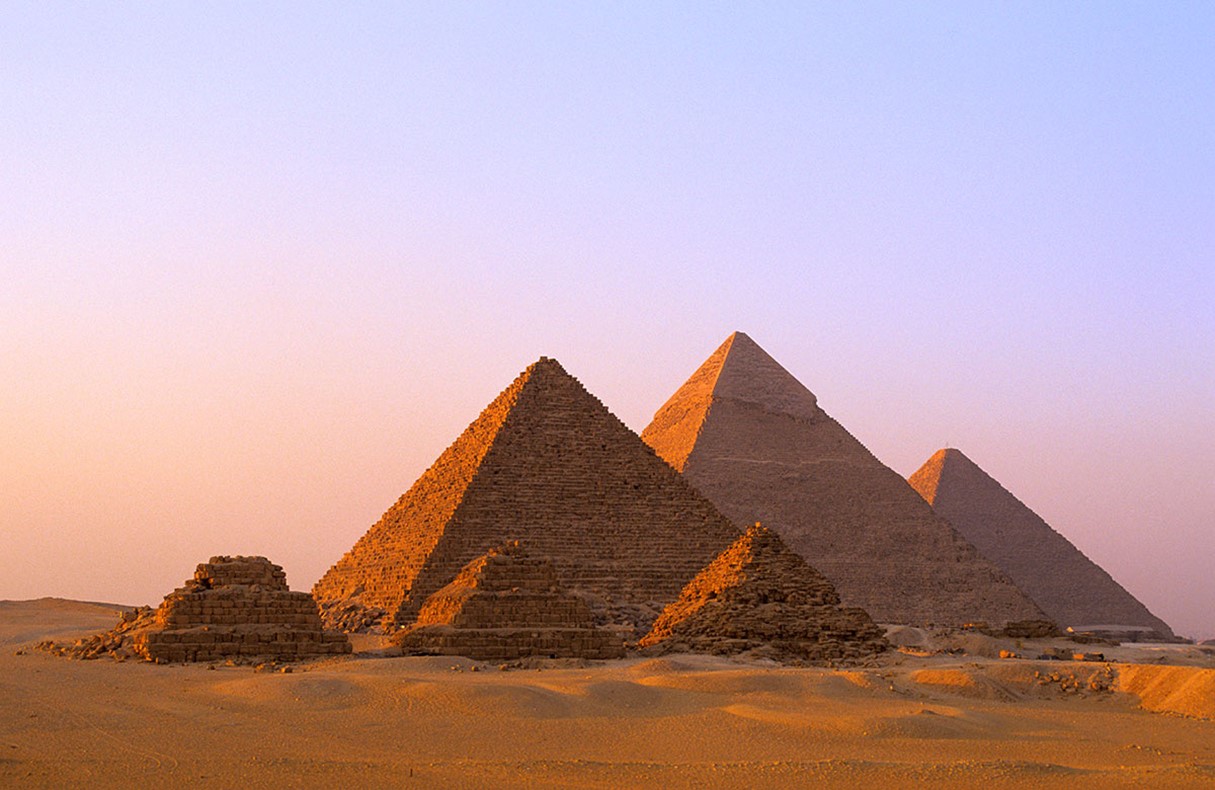Will Skyscrapers Outlast The Pyramids?
October 3, 2016 in Daily Bulletin

Zaria Gorvett examined the resiliency of buildings today:
- Egypt’s pyramids have survived earthquakes, erosion, and the rise and fall of civilizations for over 4,000 years.
- The pyramids’ longevity is, in part, due to the builders not always being sure about what they were doing. And so they over-engineered everything, adding extra support structures just in case.
- The pyramids also didn’t have to be all that…practical. They were tombs, after all. And so they were essentially giant rock mountains, and it’s not like we expect our local neighbourhood hill to erode away or collapse in an earthquake.
- And the pyramids were built in a dry, arid desert. Water is tough for structures – it can dissolve acids that eat away at foundations, and if it freezes in crevices, it can create and expand fissures.
- In the modern era, older skyscrapers are probably more resilient than their newer brethren. When the Empire State Building was being built, everything was calculated by hand, and so builders put in extra just in case.
- In fact, even though the Empire State Building is only half the height of the world’s tallest building, the Burj Khalifa, it weights two thirds as much.
- But credit where credit is due – today’s architects and builders put an incredible amount of thought into making sure buildings are safe. With the right maintenance they probably can outlast the pyramids, despite being orders of magnitudes larger.
Read more ponderings from industry experts at the BBC.
Join the Discussion! (No Signup Required)